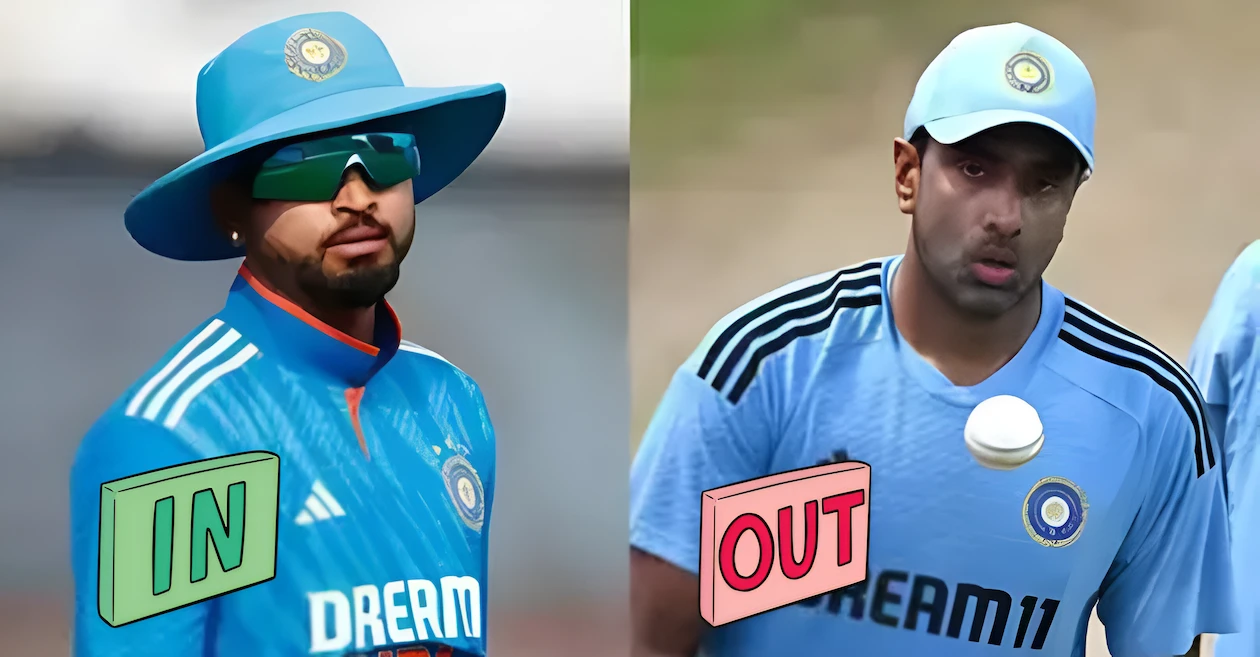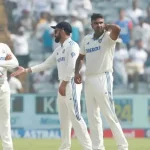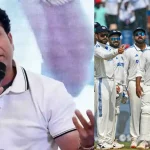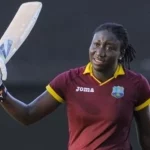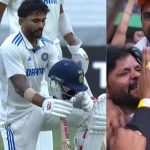The Board of Control for Cricket in India (BCCI) is on the verge of announcing the highly anticipated central contract list for the men’s national team, sparking widespread discussion within the cricketing fraternity. While the recent unveiling of the women’s contract list, featuring 16 players, has already set the stage, the upcoming men’s list is expected to feature crucial changes, exclusions, and upgrades that could redefine the pecking order within Indian cricket.
The BCCI’s national selection panel, in consultation with Team India’s head coach Gautam Gambhir and secretary Devjeet Saikia, is meticulously finalizing the list. The primary focus revolves around the elite A+ category, which includes stalwarts like Rohit Sharma, Virat Kohli, Ravindra Jadeja, and Jasprit Bumrah. However, with the trio of Rohit, Kohli, and Jadeja having retired from T20Is, their presence in the A+ category has become a hot topic of debate.
Understanding the A+ Category Dilemma
Historically, the A+ category has been reserved for cricketers who are mainstays across all three formats—Test, One-Day Internationals (ODIs), and Twenty20 Internationals (T20Is). The logic behind this categorization is simple: players who consistently represent India in all formats contribute the most to the team’s success and, therefore, deserve the highest pay bracket.
However, with Rohit Sharma, Virat Kohli, and Ravindra Jadeja stepping away from T20Is, their retention in the A+ category has raised questions. While these players remain indispensable in Tests and ODIs, their absence from the shortest format challenges the existing contract structure. Should the BCCI create a new category for Test-ODI specialists? Or should the A+ list remain exclusive to all-format players?
One argument in favor of retaining them in the A+ bracket is their sheer influence on Indian cricket. Rohit Sharma, the current Test and ODI captain, remains a pillar of stability. Kohli, despite focusing on two formats, continues to be the backbone of India’s batting lineup. Jadeja’s all-round brilliance in Tests and ODIs makes him irreplaceable. Yet, this shift in dynamics may prompt BCCI to reassess its grading policy.
Potential Key Changes in the BCCI Central Contracts
Apart from the A+ category dilemma, several crucial changes are expected in the BCCI’s central contract list:
1. Ravichandran Ashwin Dropped Post Retirement
Veteran off-spinner Ravichandran Ashwin, who recently retired from international cricket after India’s historic 3-1 Test series win against England, is set to be removed from the BCCI’s contract list. Ashwin, a legend of the game with 500+ Test wickets, had been a crucial part of India’s spin attack for over a decade. However, his retirement makes him ineligible for a central contract, marking the end of an era.
2. Axar Patel’s Promotion to A Category
All-rounder Axar Patel has been one of India’s most consistent performers in recent times, particularly in the T20 format. Given his recent appointment as vice-captain of India’s T20I side, an upgrade from the B category to the A category seems inevitable. His ability to contribute with both bat and ball makes him a key player in India’s white-ball setup, and the promotion would be a well-deserved recognition of his contributions.
3. Shreyas Iyer’s Return to the Contract List
After missing out on a central contract last year due to injuries and selection inconsistencies, middle-order batter Shreyas Iyer is all set to make a comeback to the list. Having featured in 11 ODIs in the past season and delivering crucial performances, Iyer has reaffirmed his place in the national team setup. His inclusion in the central contract list underscores his importance as a key batter in India’s long-term plans.
4. Uncertainty Over KL Rahul and Shubman Gill’s Contract Status
The contract status of KL Rahul and Shubman Gill is another point of interest. While Rahul has been battling injuries, he remains an integral part of India’s Test and ODI plans. However, with emerging players like Dhruv Jurel and KS Bharat pushing for spots, Rahul’s categorization might see a downgrade.
On the other hand, Shubman Gill, despite being touted as India’s future captain, has had an inconsistent run in T20Is. Whether he secures an A+ contract or remains in the A category will depend on the selectors’ assessment of his all-format credentials.
The Structure of BCCI’s Central Contracts
The BCCI typically categorizes players into four contract grades based on their performance and format relevance:
-
A+ Category (₹7 crore annually) – Reserved for elite, all-format players.
-
A Category (₹5 crore annually) – Players who consistently feature in two or more formats.
-
B Category (₹3 crore annually) – Players who are crucial but may not play across all formats.
-
C Category (₹1 crore annually) – Emerging players or those in a single format.
With these considerations in mind, a few new faces could also be added to the C category, particularly rising stars from the T20I setup. Players like Rinku Singh, Jitesh Sharma, and Dhruv Jurel could secure contracts as they continue to establish themselves in international cricket.
The Bigger Picture: Implications for Indian Cricket
The BCCI’s central contract list is more than just a financial reward—it serves as a clear indication of the board’s long-term vision for Indian cricket. With T20 World Cup 2026 and the next cycle of World Test Championship in focus, the contract structure will reflect India’s core group of players who will shape the team’s future.
Key questions remain:
-
Will the BCCI tweak its A+ category criteria?
-
How will format-specific specialists be accommodated?
-
Which emerging players will earn their first central contracts?
As the cricketing world awaits the official announcement, one thing is certain—BCCI’s central contract decisions will shape the roadmap for Indian cricket in the years to come.
Please check for information on the best betting sites in India – https://selectory.org/best-betting-sites/
